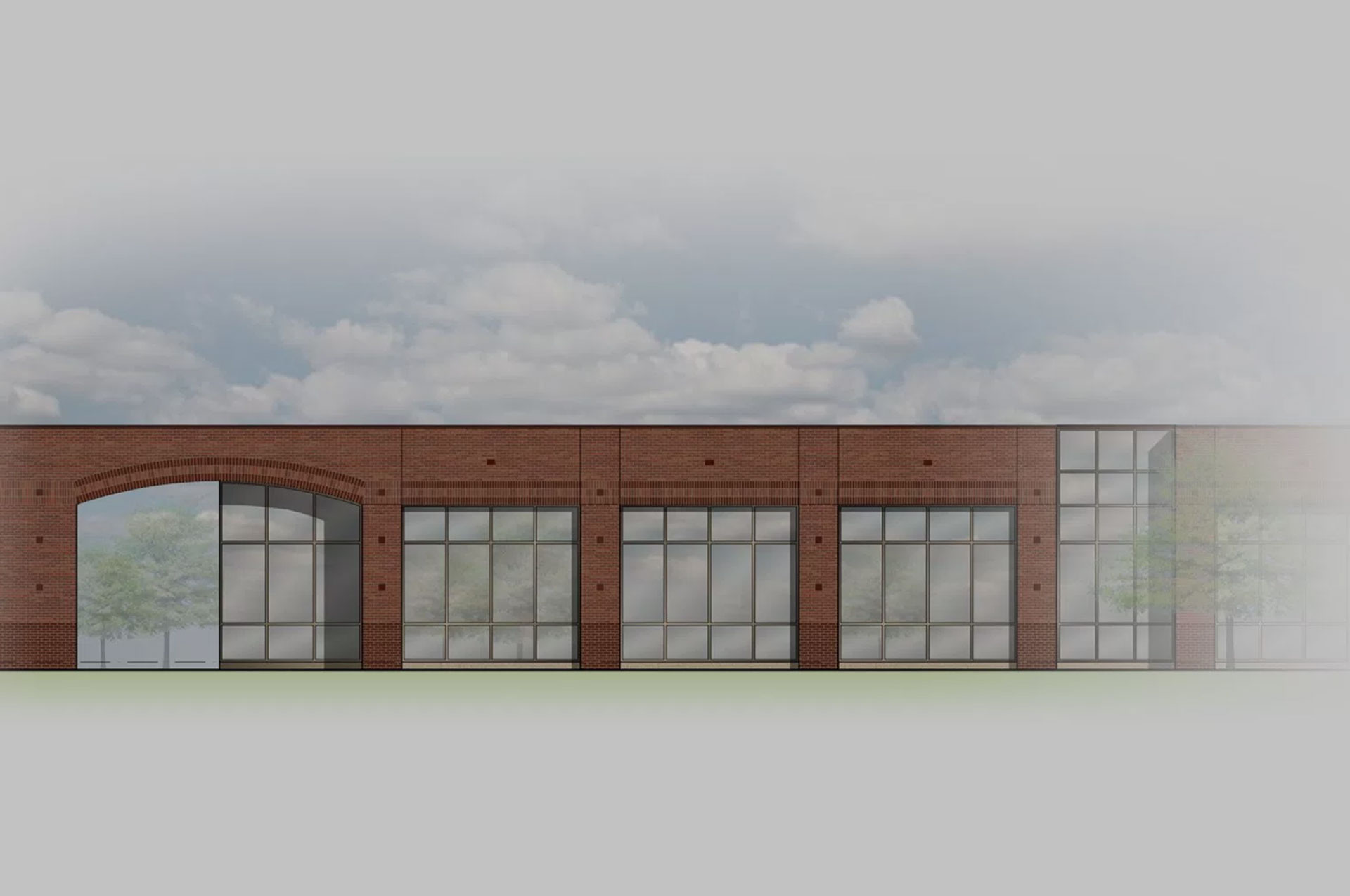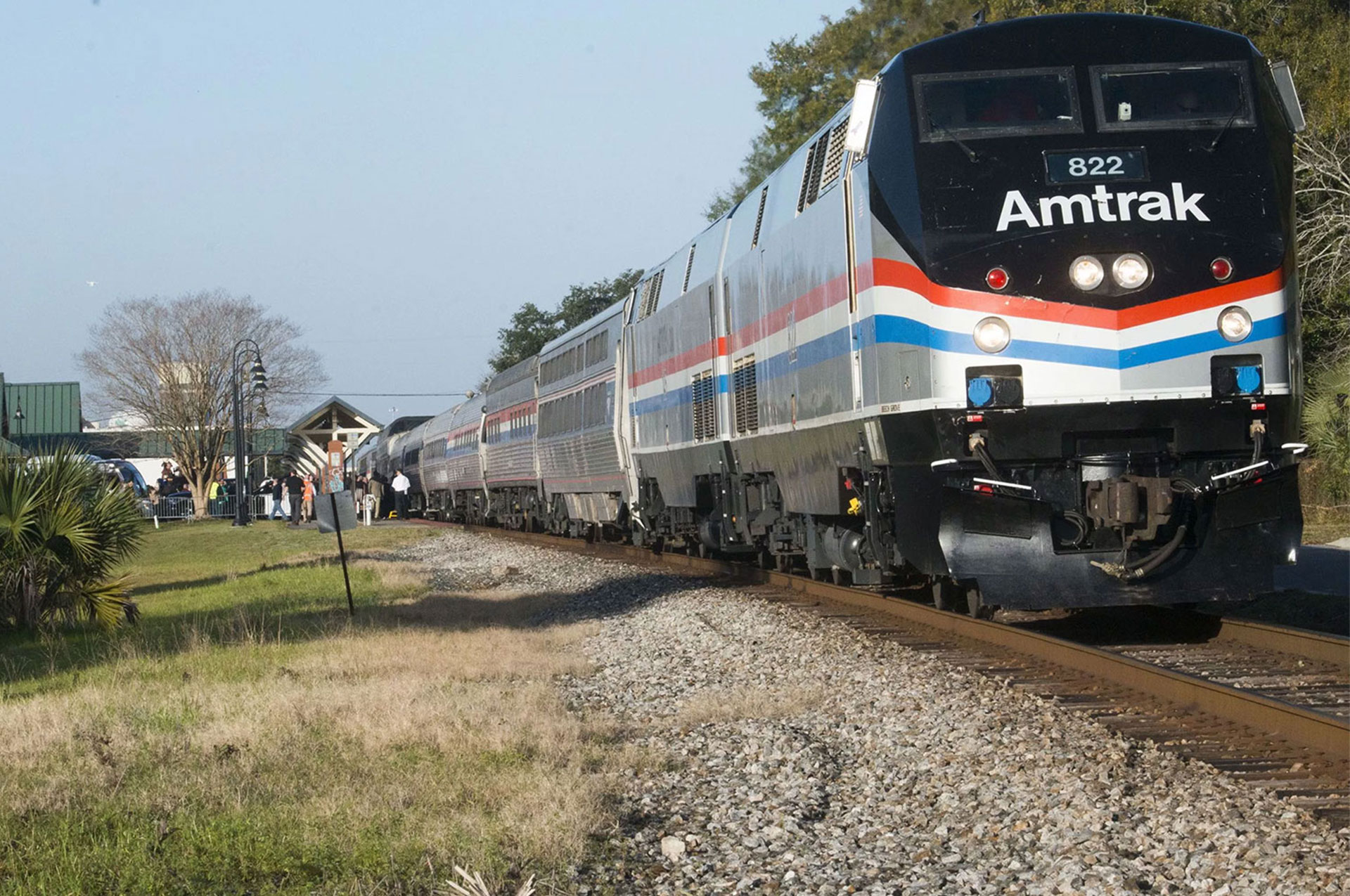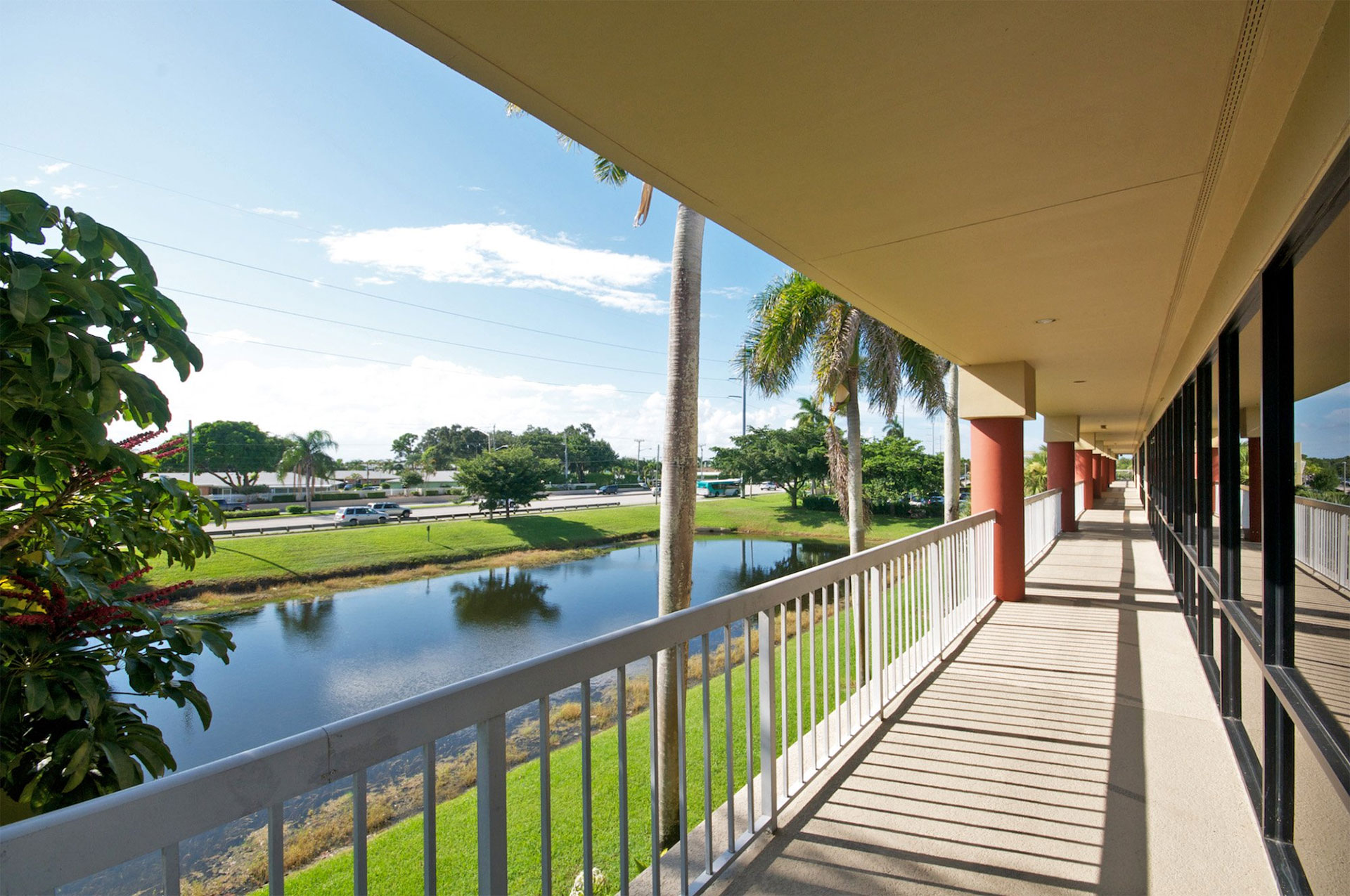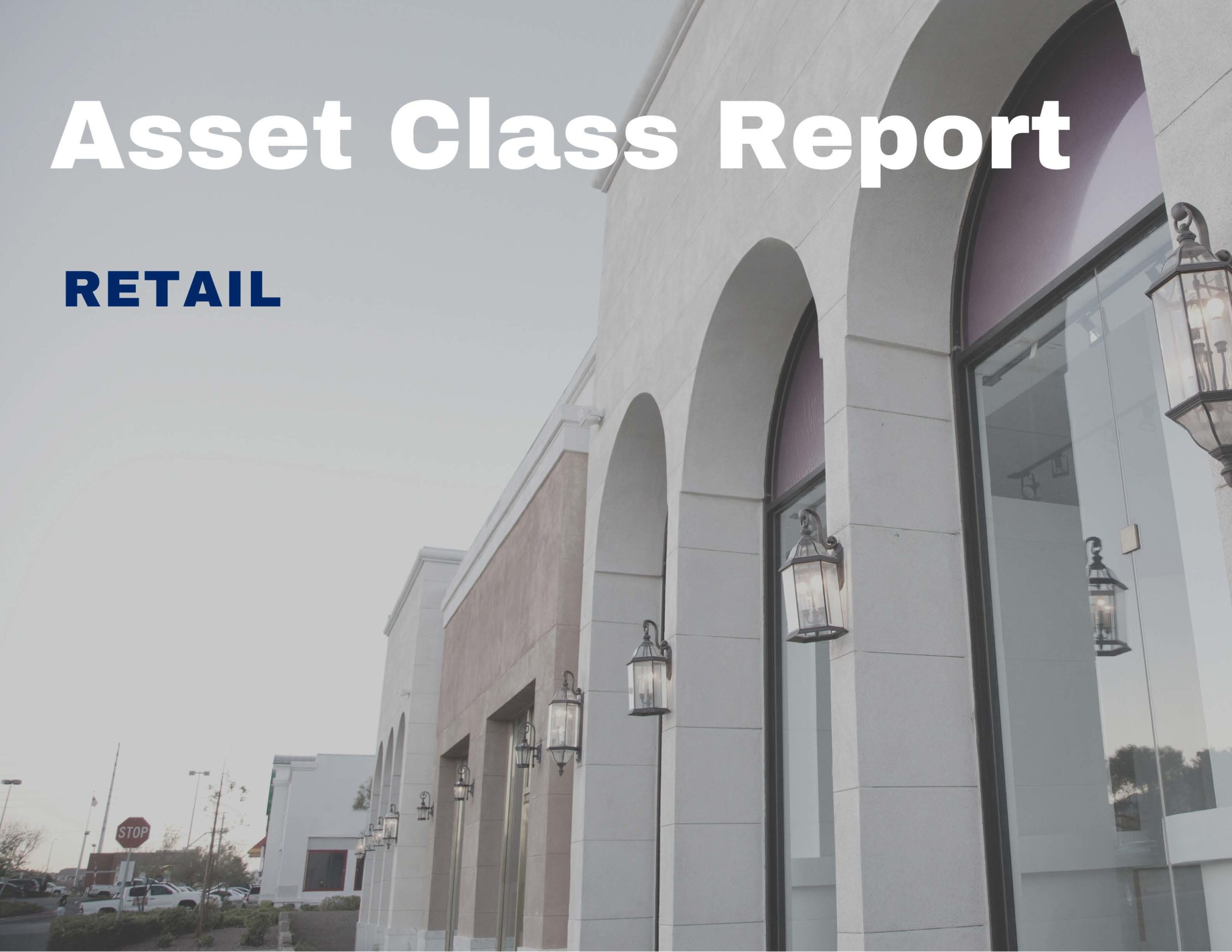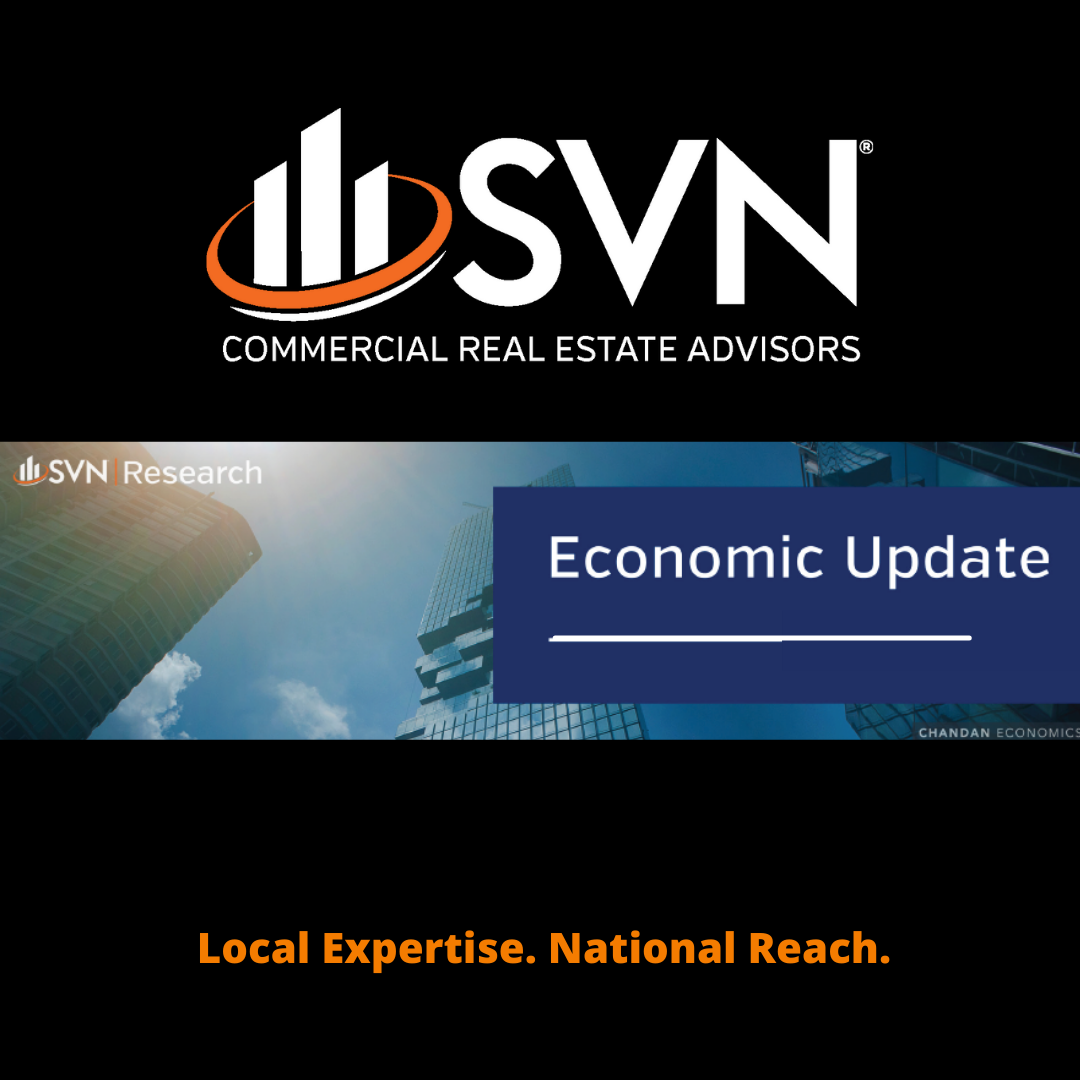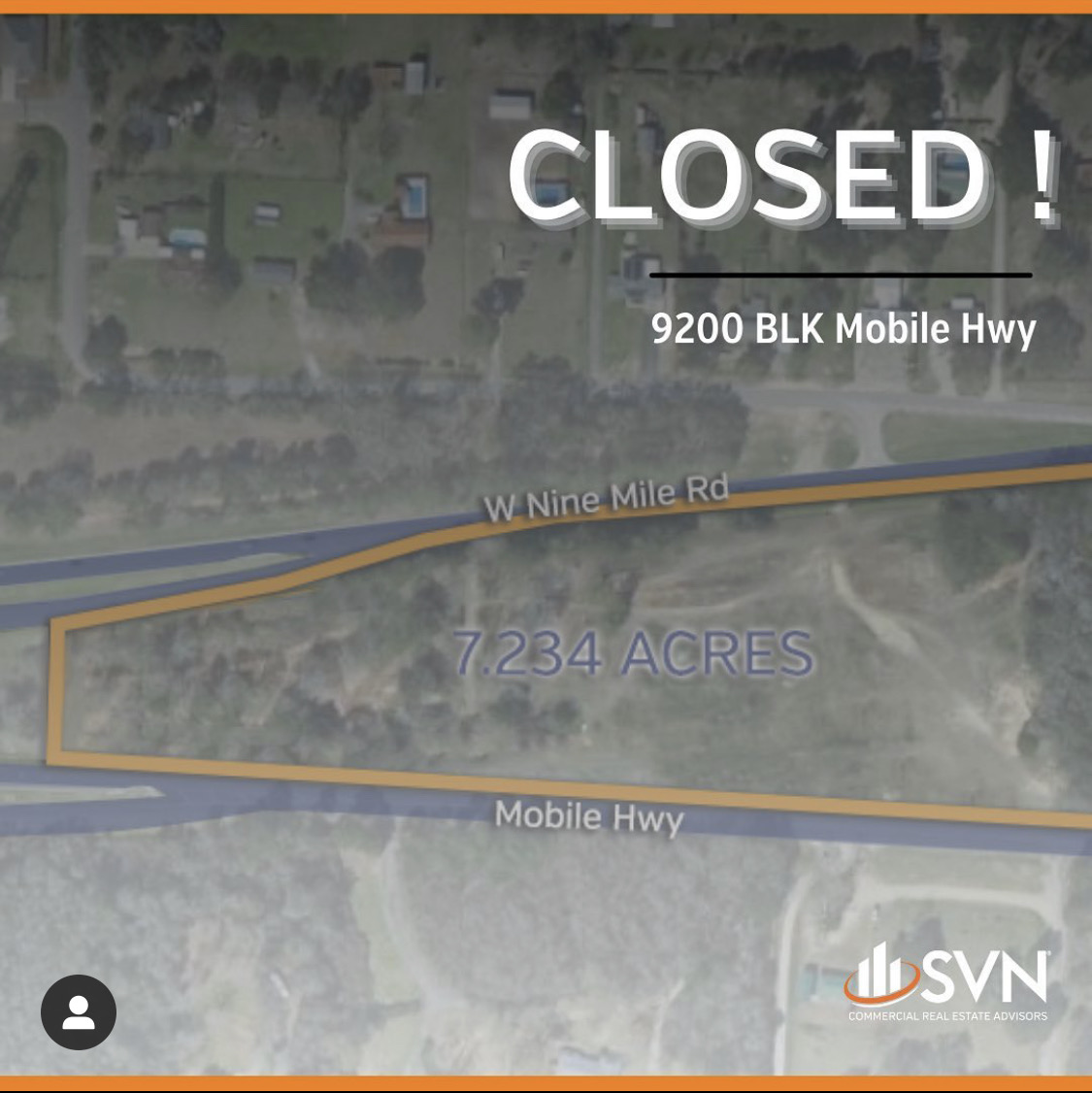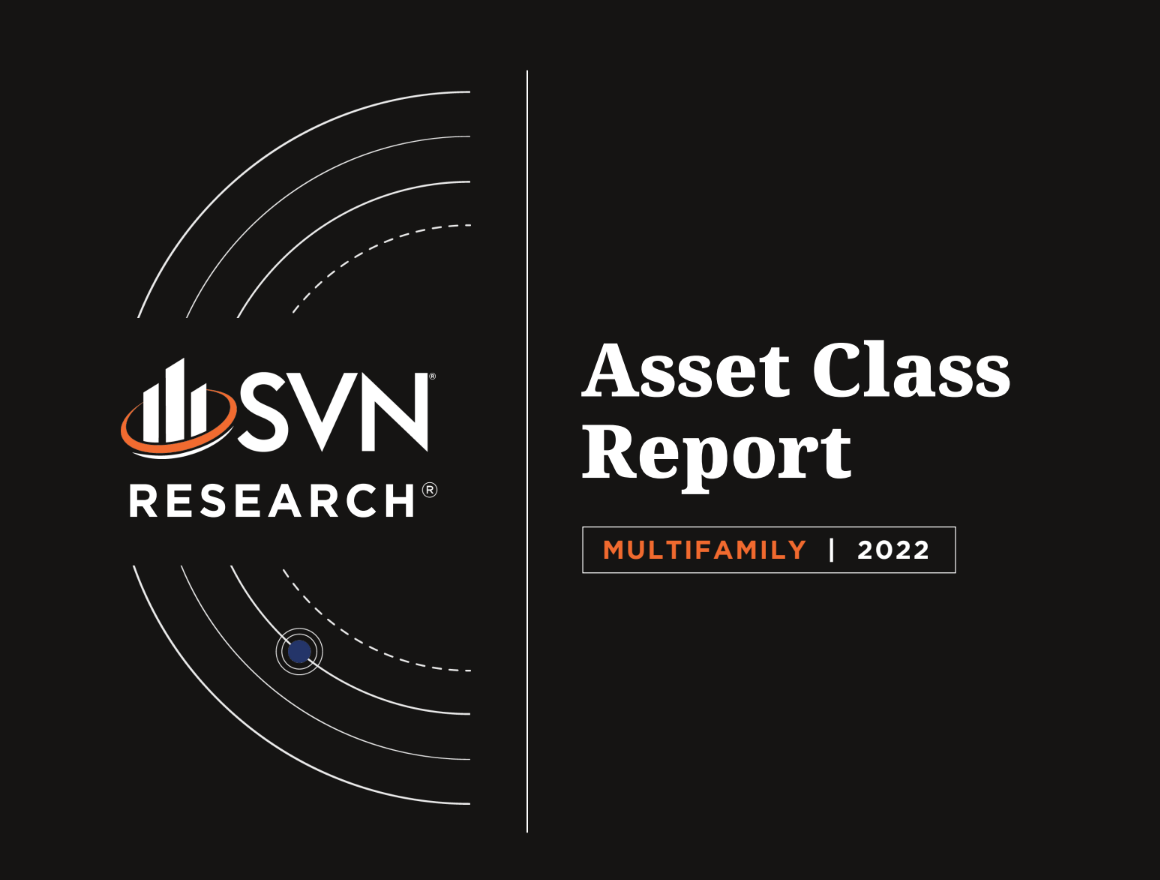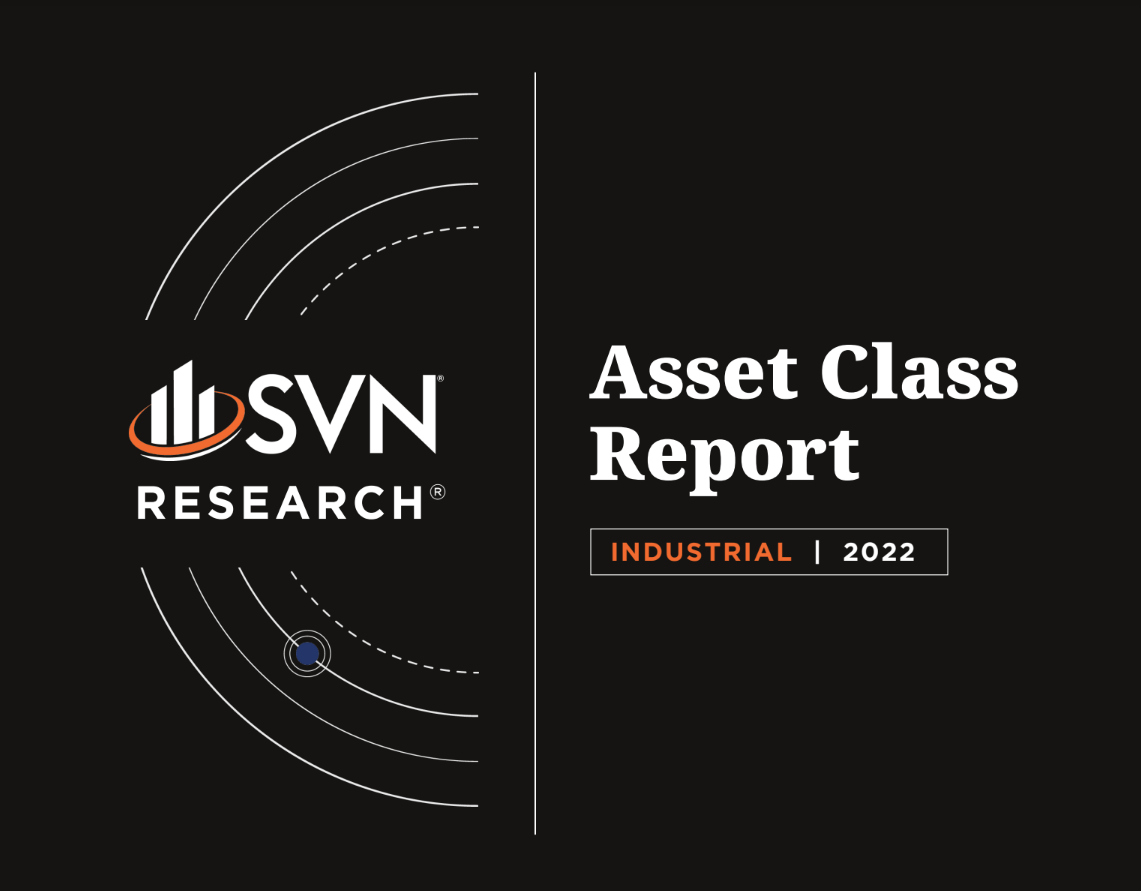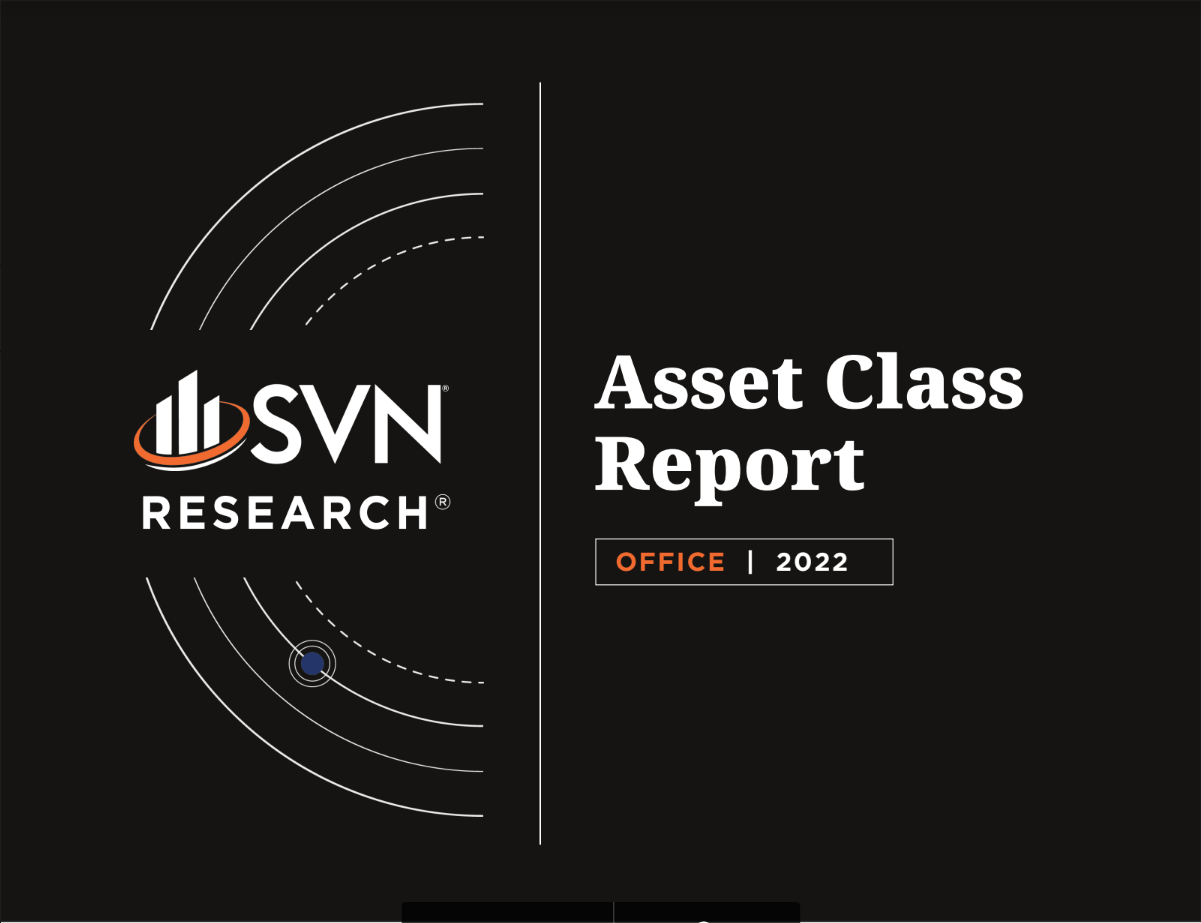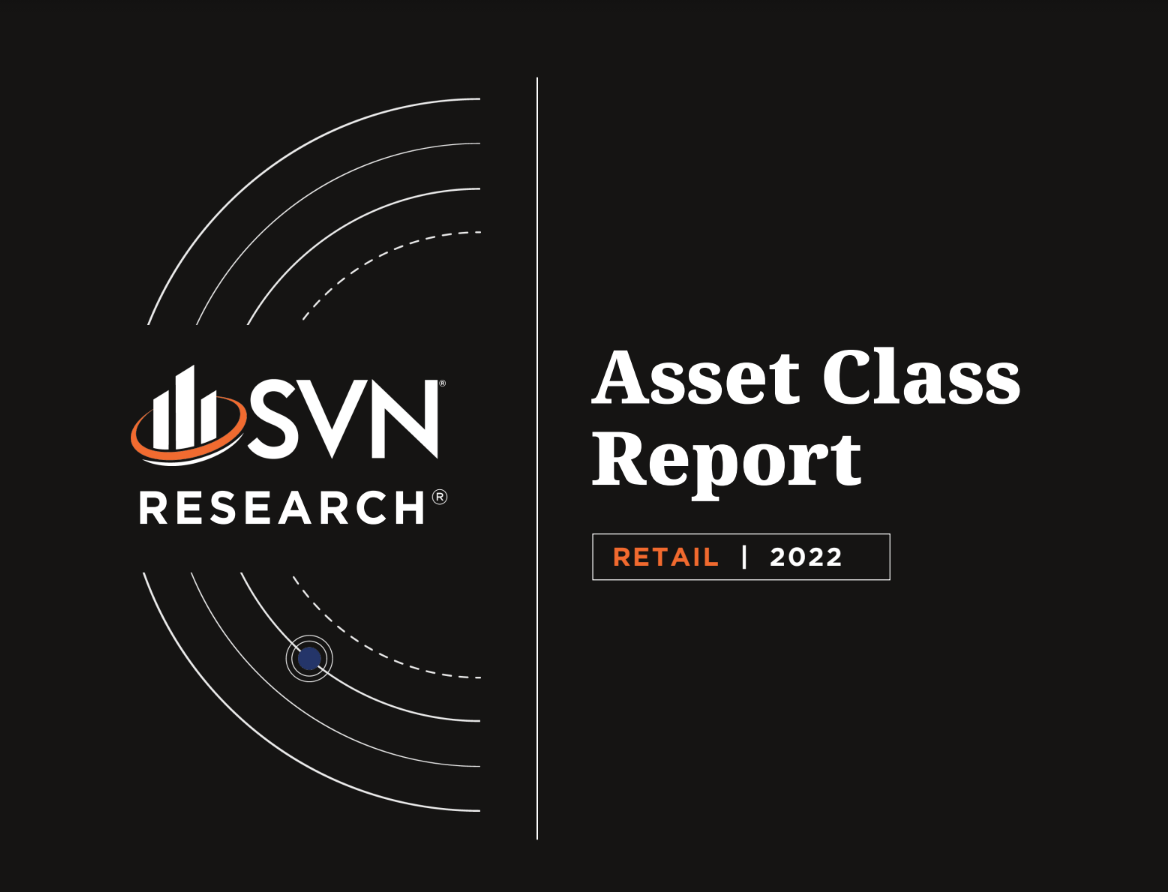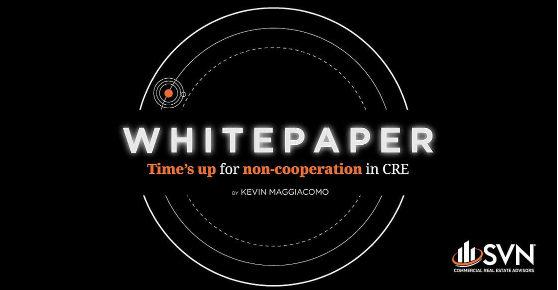admin / September 12, 2022
Commercial Real Estate Economic Update 9.9.22
Commercial Real Estate Economic Update 9.9.22
Featured topics:
-
Futures Market Forecasts 75 bp Hike
-
Beige Book Analysis
-
CMBS Delinquencies
-
Single Family Rental CMBS Issuance
-
Independent Landlord Rental Performance
-
Consumer Sentiment
-
Jobs Report
-
Mall Visits Fall Across US
-
Manufacturing PMI
-
Post-GFC High for AD&C Loans
1. FUTURES MARKET FORECASTS 75 BP HIKE
• Fed Futures markets are now firmly predicting another 75-bps hike at the FOMC’s September meeting based on estimates from the Chicago Mercantile Exchange.
•Following the committee’s July meeting, future markets were initially forecasting a more moderate increase of 50 bps come the September meeting, as seen in May and June before the Fed turned up the heat. As of September 8th, 86.0% of the Fed Futures market forecasts a 75-bps hike at the Fed’s next meeting on September 20th-21st.
• Since late July, markets have digested several key data points, including above-expectations job growth, a rebound in consumer sentiment, and a modest but unconvincing decline in year-over-year inflation. During recent talks at the annual Jackson Hole Summit, Fed officials also maintained a relatively hawkish tone, signaling a sustained willingness to raise rates to tackle inflation.
2. BEIGE BOOK ANALYSIS
• The September 7th version of the Federal Reserve’s Beige Book shows that economic activity remains relatively unchanged across the nation compared to recent weeks, with most businesses reporting steady or growing activity.
• Most federal reserve districts reported steady consumer spending levels, but purchases are moving away from discretionary items and toward food and other essentials, and inflation pressures mount. Auto sales continued to be hampered by low inventory and high prices, while hospitality and leisure remained relatively strong throughout the summer.
• Commercial real estate experienced softened activity, particularly for office space. Loan demand was reportedly mixed with solid demand for credit cards and commercial and industrial loans, while residential (buying) demand continued to weaken in the face of rising mortgage rates.
3. CMBS DELINQUENCIES
• CMBS delinquencies registered a slight decline in August, falling eight bps to 2.93%, according to Trepp— it is the first time delinquencies have fallen below 3% since the COVID-19 pandemic began.
• Delinquencies have steadily declined over the past two years as most Commercial Real Estate segments recovered, but recent improvements in the Hotel and Retail sectors have fueled the latest reductions.
• August represents the 24th decline in CMBS delinquencies in the past 26 months. Industrial continues to boast the lowest delinquency rate of 0.51% through August. Multifamily follows close behind with a rate of 0.95%. The rate for Office stands at 1.5%, Lodging (Hotel) at 5.18%, and Retail at 6.45%.
4. SINGLE FAMILY RENTAL CMBS ISSUANCE
• A new report by Trepp looks at the rise in Single-Family Rental CMBS issuance in recent years, as the sector has risen from just 7.22% of all CMBS issuance in 2018 to 13.92% so far in 2022.
• According to the analysis, $73.53 billion of Single-Family Rental CMBS has been issued since 2013, dominated mainly by players such as Progressive Residential, CoreVest American Finance, Invitation Homes, and Tricon, which accounted for more than half of all SFR issuance. SFR issuance in 2021 was more than double its 2019 level.
• While it appears that SFR will remain a notable portion of the CMBS market for years to come, the sector has seen a similar slowdown in recent months as seen in the broader CMBS market. Trepp notes that a total of five new deals so far in Q3 totaled $2.11 billion, on pace to fall below the $7 billion total hit in Q2.
5. INDEPENDENT LANDLORD RENTAL PERFORMANCE
• The on-time collection rate for independently operated residential properties fell by 55 bps between July and August, landing at 79.7%, according to the latest Independent Landlord Rental Performance Report by Chandan Economics.
• Gateway markets have maintained higher on-time payment rates than units located elsewhere for eight consecutive months through August 2022. Measured month-over-month, gateway market on-time collection rates rose by 16 bps but are down 211 bps year-over-year. The July on-time rate for Gateway markets stands at 81.4%, while non-gateway markets registered an on-time rate of 79.5%.
• Sun Belt rentals have underperformed the rest of the US for five consecutive months, standing at 78.4% in August compared to 80.3% for non-sun belt rentals. The Sun Belt’s growing success has seen some affordability issues arise, as markets re-price more quickly than some existing residents can handle.
• 2-4 Family rentals maintained the highest on-time payment rate of all sub-property types in August, rising 52 bps month-over-month.
6. CONSUMER SENTIMENT
• Despite growing recession concerns over the summer, consumer sentiment appears to have stabilized. The University of Michigan’s final August Consumer Sentiment estimate was revised up from 55.1 to 58.2. Moreover, consumer expectations saw a significant revision from a previously estimated 47.3 to a final reading of 58.0.
• The Consumer Sentiment Index has risen from its all-time low level of 50.0 in June, climbing in consecutive months. The upswing has been widespread across most demographics, though lower-income consumers’ sentiment has risen higher in recent readings, even exceeding that of higher-income consumers, bucking the historical trend.
• Inflation expectations have also receded, falling from 5.3% in July to 4.8% in August.
7. JOBS REPORT
• The US econom y added 315,000 jobs in July while the unemployment rate rose slightly to 3.7%, according to the Bureau of Labor Statistics.
• This month’s jobs report fell slightly below expectations and signaled a slight loosening in the labor market. Still, job-adds continue to be strong, notably in professional and business services, health care, and retail trade.
• The uptick in the unemployment rate primarily reflects the reentry of some workers into the labor force, as the US labor force participation rose to 62.4%. Average hourly wages also climbed, increasing 5.2% year-over-year.
• Professional business services employment climbed the most during the month (+68,000), followed by healthcare (48,000) and retail trade (44,000). Meanwhile, leisure and hospitality job gains receded from their recently typical high levels, remaining relatively unchanged from July.
8. MALL VISITS FALL ACROSS U.S.
- Globe Street reporting of an analysis by Placer.ai finds that visits to American malls have started to decline as inflation eats into consumers’ wallets, falling in August after two consecutive years of increases.
• Year-over-year foot traffic to indoor malls, open-air lifestyle centers, and outline centers declined during the month. Indoor malls saw the steepest fall from the month before, falling by 1.1% month-over-month.
• Despite the declines, their shallow nature presents a dose of optimism for brick-and-mortar businesses in the face of recent economic headwinds. According to the Placer.ai report, all three segments of the mall sector ended August more strongly than they began, with indoor malls and open-air centers posting their most significant week-over-week gain since June 27th. Moreover, Retail REIT Simon Property Group recently reported strong occupancy and leasing volume, showing a 26% year-over-year increase in sales per square foot through the second quarter of 2022.
9. MANUFACTURING PMI
• S&P Global’s US Manufacturing Index declined to its slowest growth rate since July 2020 during August, registering a reading of 51.5. An index reading above 50 indicates growing activity in the sector, while a reading below 50 indicates declining activity.
• New orders reportedly fell for the third consecutive month amid weak client demand caused by high inflation and rising economic uncertainty. Output also contracted for the second consecutive month.
• On the flip side, supply chain disruptions are reportedly the least severe that they have been since October 2020, while input price inflation was its slowest since January 2021.
10. POST-GFC HIGH FOR AD&C LOANS
• In the second quarter of 2022, acquisition, development, and construction (AD&C) loan volume reached its highest level since the Great Financial Crisis, according to an analysis by the National Association of Home Builders (NAHB).
• However, pushing up volume levels is a rise in loan balances stemming from homes remaining in inventory for longer as homebuying slows, filtering into a slowdown in home-building activity.
• Balances are expected to decrease in the coming months as rising borrowing costs slow the rate of new borrowing. According to NAHB’s latest survey on AD&C financing conducted in August, the average effective rate on AD&C loans rose across all loan types between Q1 and Q2. The rate on Land acquisition loans rose from 6.32% to 8.19 quarter-over-quarter. Land development loans saw rates climb from 7.85% to 9.55%. Speculative single-family loans saw rates rise from 7.38% to 8.48, while pre-sold single-family loan rates rose from 7.90% to 8.63%
SUMMARY OF SOURCES
(2) https://www.federalreserve.gov/monetarypolicy/beigebook202209.htm
(6)http://www.sca.isr.umich.edu/
(7) https://www.bls.gov/news.release/empsit.nr0.htm
(8) https://www.globest.com/2022/09/08/mall-visits-slump-as-inflation-heats-up/
(9) https://tradingeconomics.com/united-states/manufacturing-pmi
View More Economic Updates:
« Previous Next »
